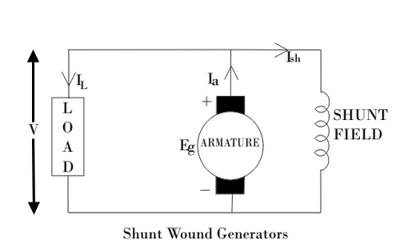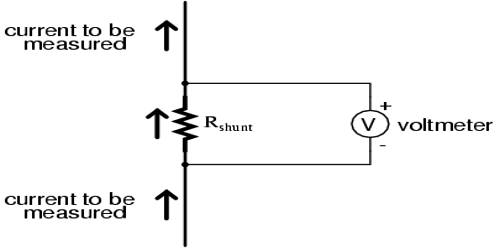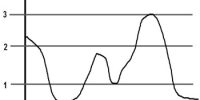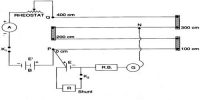Application of Shunt
The shunt is an electrical conductor joining two points of a circuit, through which more or less of a current may be diverted. It is a device which allows electric current to pass around another point in the circuit by creating a low resistance path.
In the laboratory, we use some instruments which are very sensitive. Through these instruments, if more current flows, then they might be destroyed or become inactive. These instruments are, for example, galvanometer, voltmeter, etc. These instruments are used for measurement of flow in the circuit. In order to save these instruments shunts are used. Capacitors are used as shunts to redirect high-frequency noise to the ground before it can propagate to the load or other circuit components. Observe how shunts are used.

For ascertaining the presence of current galvanometer is used. If more than a fixed amount of current flows through the galvanometer then the instrument may be damaged or even may be unusable. In order to avoid this type of damage a very low-value resistor is always used parallel to the galvanometer. In electric circuits, many sophisticated and sensitive equipment like galvanometers is used. In order protect these instruments from excessive current that can damage this equipment a very low resistance is used parallel to the equipment. This resistance is called shunt. That means a low resistance which is used parallel to the galvanometer or sensitive and sophisticated equipment so that high current cannot flow through it is called a shunt.













